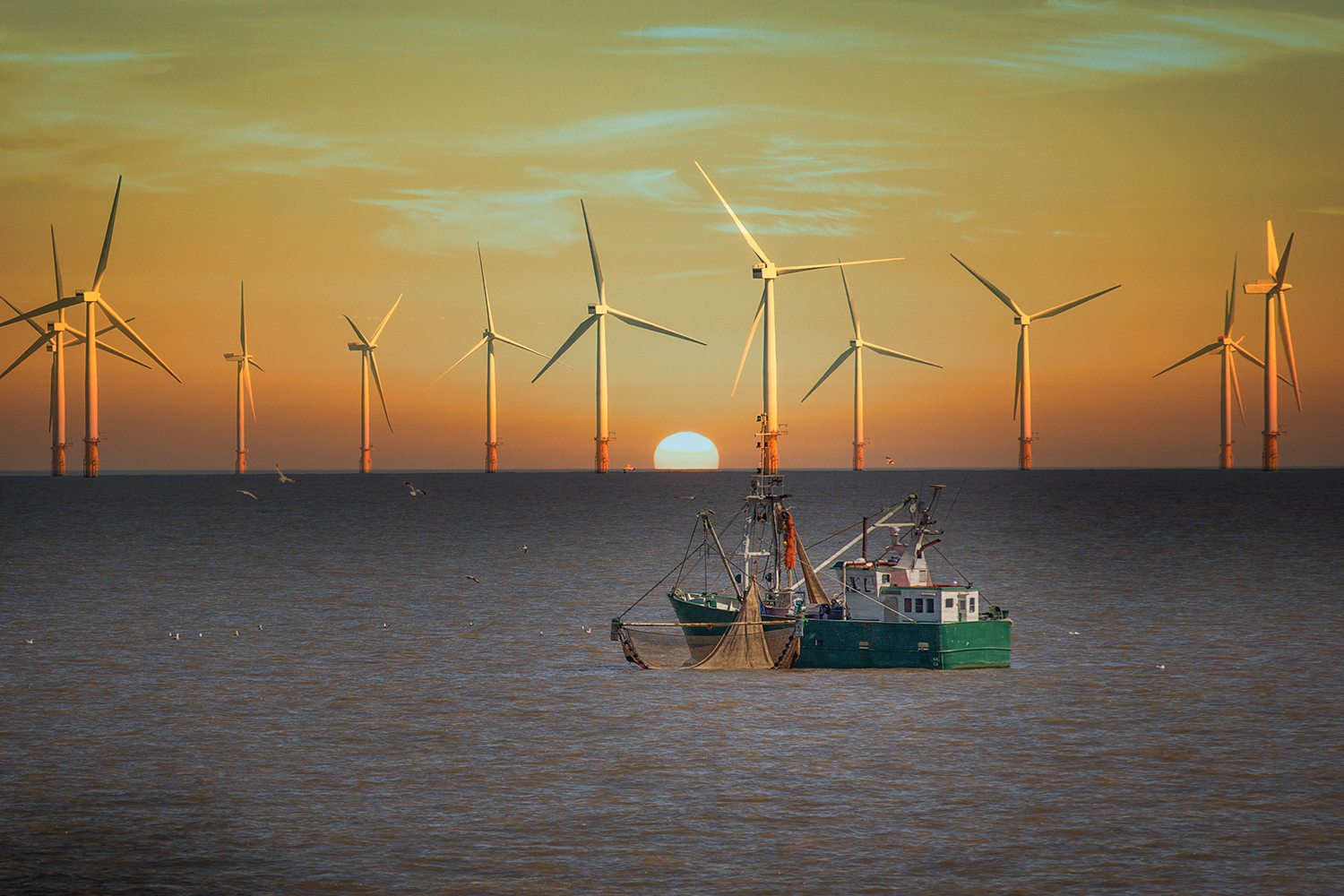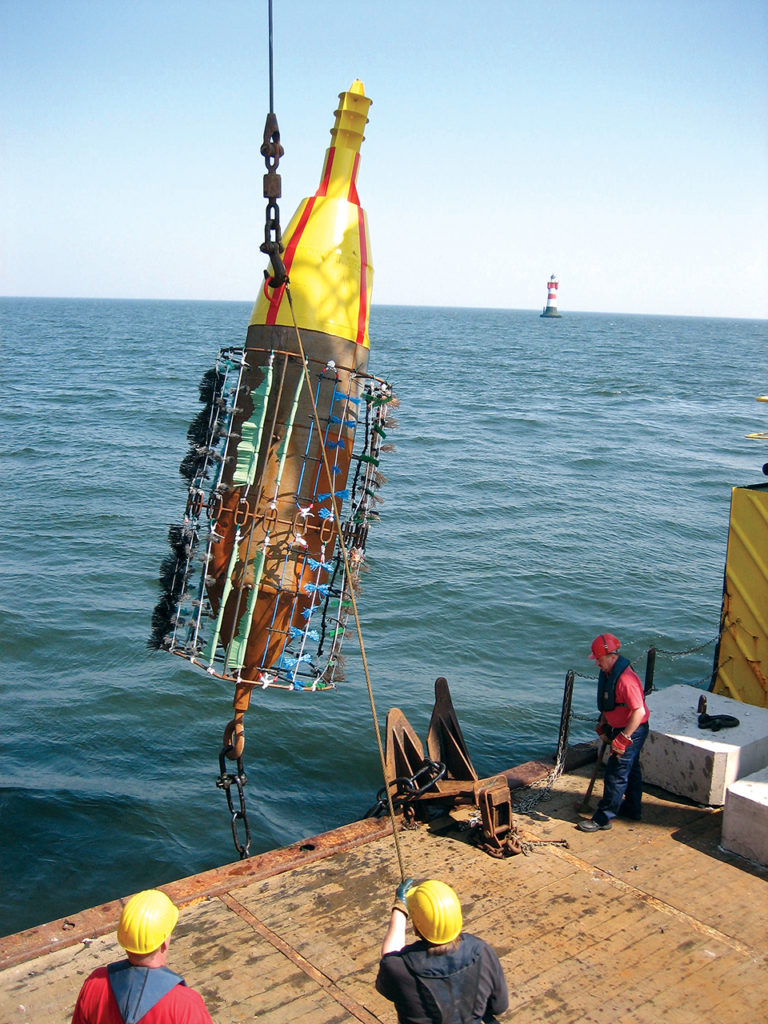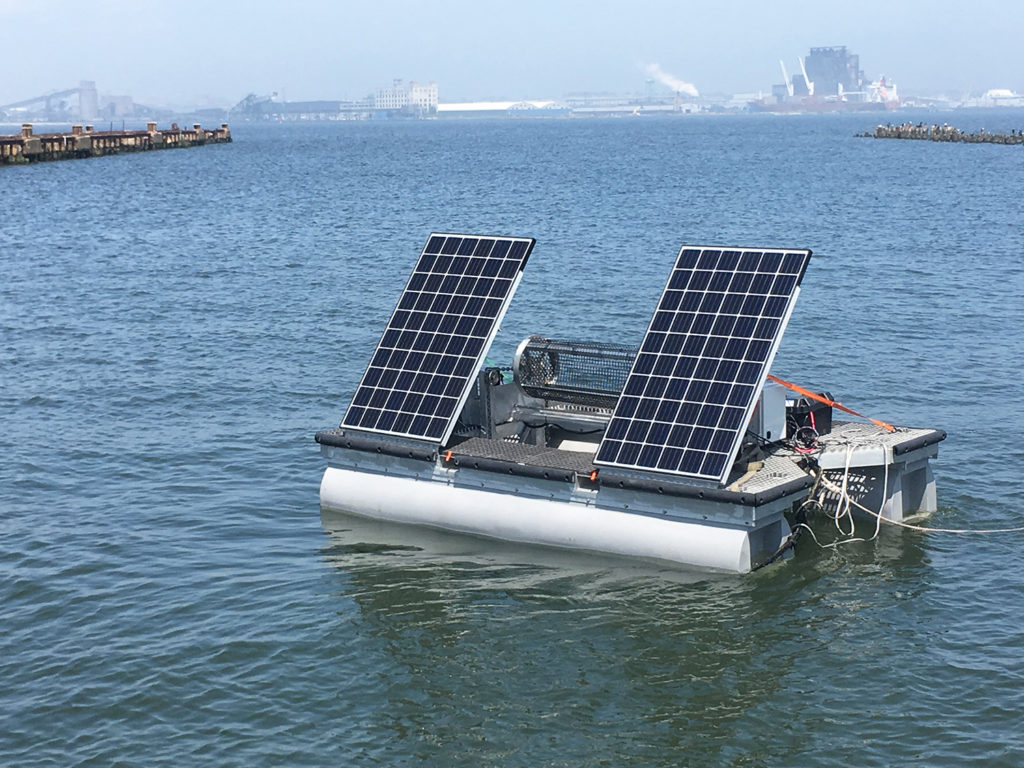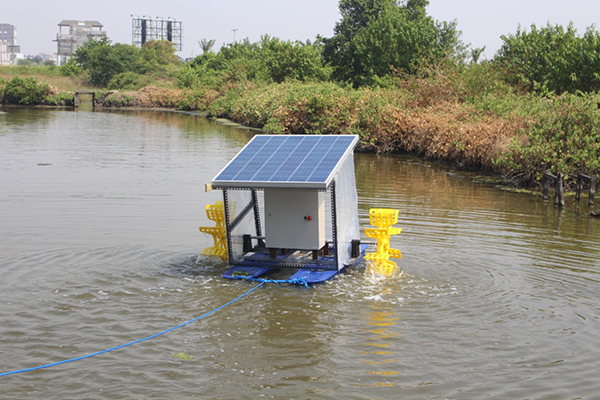Offshore wind farm lease auction plan has Gulf of Maine fishermen feeling brushed aside

The prospect of hundreds of offshore wind turbines generating power in the Gulf of Maine is moving forward with plans to auction eight leases in a large swath of waters off the New England coast. For fishermen in the region, it’s all moving too quickly for their comfort as the fate of their traditional fishing grounds gets thrown up in the air.
The federal Bureau of Ocean Energy Management has released a list of eight proposed areas in the Gulf of Maine that will be auctioned this fall. If fully developed, the area — which totals nearly 1 million acres — has the potential to generate about 15 gigawatts of renewable energy, enough to power more than 5 million homes. Undeniably, the project addresses large-scale environmental concerns regarding the generation of power.
And while the process to develop widely supported offshore wind farms in the Gulf of Maine has been years in the making – and another decade could pass before any floating wind turbines become operational – simply entering the lease auction phase has some commercial fishermen fearing the worst.
Jerry Leeman III, the CEO of the New England Fishermen’s Stewardship Association, said there’s not enough data to support the areas that have been chosen for wind development. As now laid out, the plan could take away valuable fishing grounds from New England’s fishing fleet, pose navigational hazards and create new environmental threats, he said.
Leeman, who has fished New England waters for 23 years, said, “There are multiple negative impacts that aren’t being thought out.” NEFSA has 900-plus members, more than half of whom are fishermen, Leeman said, and he has “yet to find a fisherman who agrees with it.”
“We still have more questions than we have answers,” he said. “Yet we’re moving ahead with the leasing ahead of the science.”
Jack Shapiro, the climate and clean energy program director for the Natural Resources Council of Maine, said bringing offshore wind to the Gulf of Maine will protect the environment, make the region more energy-independent and create good-paying jobs.
“What we’re seeing now is the biggest threat to our woods and our waters, our coasts, our communities and wildlife, is climate change,” he said. “So we have to act decisively to address that. One of the ways we’re going to do that is to bring on new sources of renewable energy. We know that given the world-class wind resource in the Gulf of Maine, that’s going to be a key part of this puzzle for Maine, New England as a whole, and the country.”
The scale of the project
The Gulf of Maine’s offshore wind resource has been described as the Saudi Arabia of wind, comparing its power potential to the vast Saudi oil reserves.
The Bureau of Ocean Energy Management, or BOEM, is part of the Department of the Interior and has been developing an offshore wind plan for the Gulf of Maine for several years, with the goal of holding a commercial lease sale this year.
In choosing where wind farms should be developed, the bureau said it prioritized avoiding offshore fishing grounds and transit routes for shippers while retaining enough area to support the region’s offshore wind energy goals.
The areas to be leased include two zones east of Maine and New Hampshire, the closest of which is about 70 miles from Portland, Maine’s biggest city. The six other zones are east of Massachusetts, with the closest being 25 miles from Cape Cod. The waters in those areas are roughly between 400 and 700 feet deep.
I’m not trawling around anything with a (platform) in the water because of the safety hazards.
Eleven companies have expressed interest in participating in the lease auction. The 30-day public comment period on the proposal ends July 1.
Building floating wind farms at sea is a massive undertaking, with the possibility of hundreds of wind turbines towering hundreds of feet high tethered to the ocean bottom. Power would be transmitted to the onshore electrical grid through cables buried under the ocean bottom.
While there are four offshore wind farms operating off the East Coast, they are smaller in scale and have turbines that are located on fixed foundations in shallow waters. Those sites are off Rhode Island, Massachusetts, Virginia and Long Island, New York.
There are currently no floating platform wind farms in U.S. waters, according to the Department of Energy. The world’s largest floating turbine wind farm is located about 87 miles off the coast of Norway, the DOE says.
For the Gulf of Maine wind farm assessment, BOEM said it has found there would be no significant impact on the environment as a result of lease issuance.
Unanswered questions
Leeman, of the New England Fishermen’s Stewardship Association, maintains there are plenty of unanswered questions about environmental impacts. He said there could be issues from sediment plumes during installation and the turbines’ cooling systems. The turbines, he added, could affect everything from whales’ migratory routes to zooplankton, phytoplankton and other “building blocks of our ocean.”
“The biggest question we have is there’s not enough data,” he said. “There’s not a fisherman alive that’s against going green, but this is a perfect example of leaping before we look.”
The areas designated for wind farms are traditional fishing grounds for haddock, gray sole, dabs, white hake and other species, Leeman said. “We have charts going back to the 1940s when they were being used and they’re still being used to this very day.”
Regulators have talked about fishermen operating in “co-existence” with wind turbines, he added, but for him it would be too dangerous. “Coming from nearly 25 years in the trawling fleet, I can definitely say that I’m not trawling around anything with a (platform) in the water because of the safety hazards,” he said.
Shapiro, of the Natural Resources Council of Maine, said offshore wind is relatively new, but offshore technology and wind power have been around for decades.
“While we don’t know everything there is a lot we do know, and we know where those gaps are and what we need to learn,” he said. “And what we also know is that the Gulf of Maine is warming faster than 99 percent of the world’s oceans. So delaying and not acting in these early steps we need to take has serious consequences for the ecosystem and all the people that depend on it.”
Once the leases are awarded, probably the end of the year, there’s still plenty of work ahead — lease reviews, additional site assessment and surveys, construction and installation of the wind turbines and platforms, all of which will take years. Any offshore wind farms aren’t expected to be operational at least until the early 2030s.
Besides announcing the lease auction, BOEM also announced in late May that it has offered the state of Maine a lease to research offshore wind turbines in a 15.2-square-mile area of the Gulf of Maine, 28 nautical miles southeast of Portland.
If developed, the area will include up to 12 floating wind turbines that can generate up to 144 megawatts of renewable energy, enough to power as many as 144,000 typical homes. Maine officials say the array will allow the state, the fishing industry, wildlife experts and others to learn about the potential impacts of floating offshore wind and provide commercial developers information on the technologies that are available.
Now that you've reached the end of the article ...
… please consider supporting GSA’s mission to advance responsible seafood practices through education, advocacy and third-party assurances. The Advocate aims to document the evolution of responsible seafood practices and share the expansive knowledge of our vast network of contributors.
By becoming a Global Seafood Alliance member, you’re ensuring that all of the pre-competitive work we do through member benefits, resources and events can continue. Individual membership costs just $50 a year.
Not a GSA member? Join us.
Author
-

Clarke Canfield
Clarke Canfield is a writer, editor and author who has worked for various newspapers, magazines and The Associated Press for more than 40 years. He has focused on commercial fisheries and marine-related issues for much of his career, and was once executive editor of National Fisherman and SeaFood Business magazines. He is also the author of a book about the New York Yankees. He lives in South Portland, Maine, with his wife.
Tagged With
Related Posts

Intelligence
Concept combines offshore wind farms, mussel cultivation
Blue mussel culture on offshore wind farms may be possible in Germany. Trials showed that North Sea facilities can support mussel cultivation in harsh conditions.

Responsibility
Here comes the sun: Oyster and algae growers harness solar power
A look at three aquaculture companies that are figuring out how to solve their production problems by using solar power in innovative ways.

Innovation & Investment
‘Possible, but still far away’: Offshore wind farms and aquaculture may one day go hand-in-hand
Initiatives to unite aquaculture and offshore wind farms are popping up globally but they face technical, cost and environmental challenges.

Innovation & Investment
Automatic solar-powered aerator designed to advance shrimp farming in Indonesia
Researchers at Institut Teknologi Sepuluh Nopember have developed an automatic, solar-powered aerator for shrimp ponds in remote areas of Indonesia.


